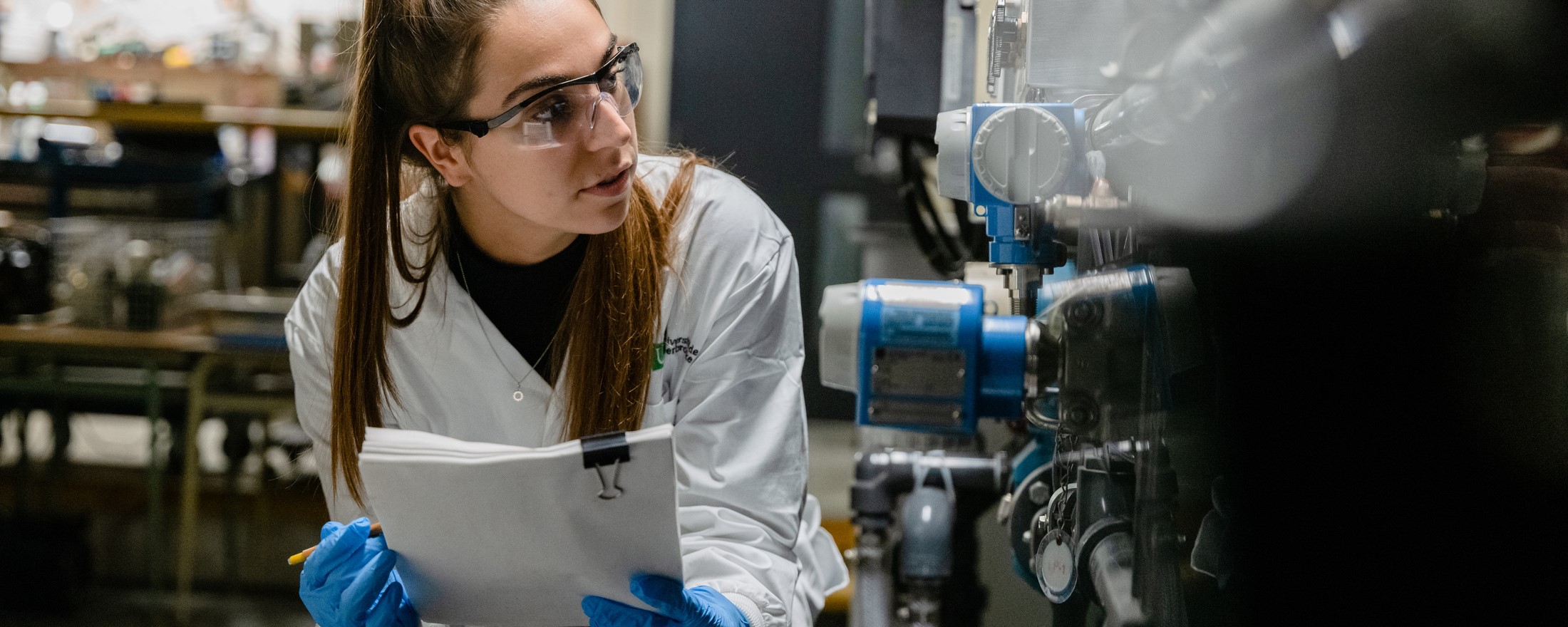Large Scale Silicon Interposer for Particle Physics Experiment
Overview
- RESEARCH DIRECTION
- Jean-François Pratte, Professeur - Department of Electrical and Computer Engineering
- RESEARCH CO-DIRECTION
- Serge Charlebois, Professeur - Department of Electrical and Computer Engineering
- ADMINISTRATIVE UNIT(S)
-
Faculté de génie
Département de génie électrique et de génie informatique
Institut interdisciplinaire d'innovation technologique (3IT)
- LEVEL(S)
-
2e cycle
3e cycle
Stage postdoctoral - LOCATION(S)
- 3IT - Institut interdisciplinaire d'innovation technologique
Project Description
Cryogenic particle physics experiments in noble liquids (LAr, LXe) such as neutrinoless double beta decay or dark matter detection are of great interest and could disrupt the standard model of particle physics. As far as instrumentation is concerned, the new trend is to have the photon sensors within the noble liquid and hence operating at cryogenic temperature. Regular PCBs cannot be used in these experiments because of their different coefficient of thermal expansion compared to silicon-based photosensors and electronics, as well as their high radioactivity background noise contribution and their high impurities level. Hence, a replacement solution must be identified for electrical interconnect and mechanical support. A potential solution is to use a silicon interposer. An interposer is a device consisting of a substrate with RDLs (ReDistribution Layers). Interposers are already used by the industry to increase circuits and signal density, but they are usually small (below 1 000 mm2). The pursued ideal tile size at Sherbrooke is 10 000 mm2 which is larger than what is available by current interposer technologies. Since no commercial silicon interposer technology is currently available to suit the needs of low-radioactive particle physics experiments, a technology was developed in partnership with Fraunhofer IZM. In Fall 2019, a characterization wafer was designed at Sherbrooke to test the technology prototype. The characterization is in progress to identify the technology parameters. A project is already in place to create a photodection tile module that includes Photon-to-Digital Converters (digital SiPM), a silicon interposer, a CMOS tile controller, a Silicon Photonic module and a power management module, all being designed at the Universite de Sherbrooke by our group. A system also need to be designed for analog SiPM and low noise analog readout for the nEXO experiment. The interposer project is multidisciplinary and can be adjusted to the student interest. The electrical part is currently handled by a graduate student. However, a mechanical oriented project could focus on thermal behavior of an assembled tile (room temperature to cryogenic), on reliability over time, identify weak points and suggest solutions to minimize induced stress. This project will allow the interested person to develop knowledge in materials science and modelization. 100% of our students found a job before or at the end of their studies. The working environment at 3IT provides the experts, infrastructure and a motivated team required for the project. Context of the nEXO experiment: The nEXO (next Enriched Xenon Observatory) is a particle physics experiment searching for neutrinoless double beta decay (0vββ) that may lead to the redefinition of the physics standard model. The experiment is sensitive to radioactivity, specifically the Thorium and Uranium isotopes contribution. In fact, those isotopes can interact with the 5 000 kg of liquid Xenon to create undesirable charges and photons. Hence, all material used in the experiment must show a low radioactive background noise contribution. In addition, since the experiment use highly purified Xenon, components added in the experiment must not release impurities over time. Falling to comply with that requirement will cause the electron lifetime to decrease drastically and may prevent the experiment to detect charges emitted from a neutrino interaction. Also, the detection electronic must be cryogenically compliant since the liquid xenon is maintained at 165 K. The experiment shall go on for 10 years, so the developed solution shall be reliable over time.
Discipline(s) by sector
Sciences naturelles et génie
Génie électrique et génie électronique, Génie mécanique
Funding offered
Yes
Partner(s)
Fraunhofer IZM
The last update was on 12 March 2024. The University reserves the right to modify its projects without notice.
